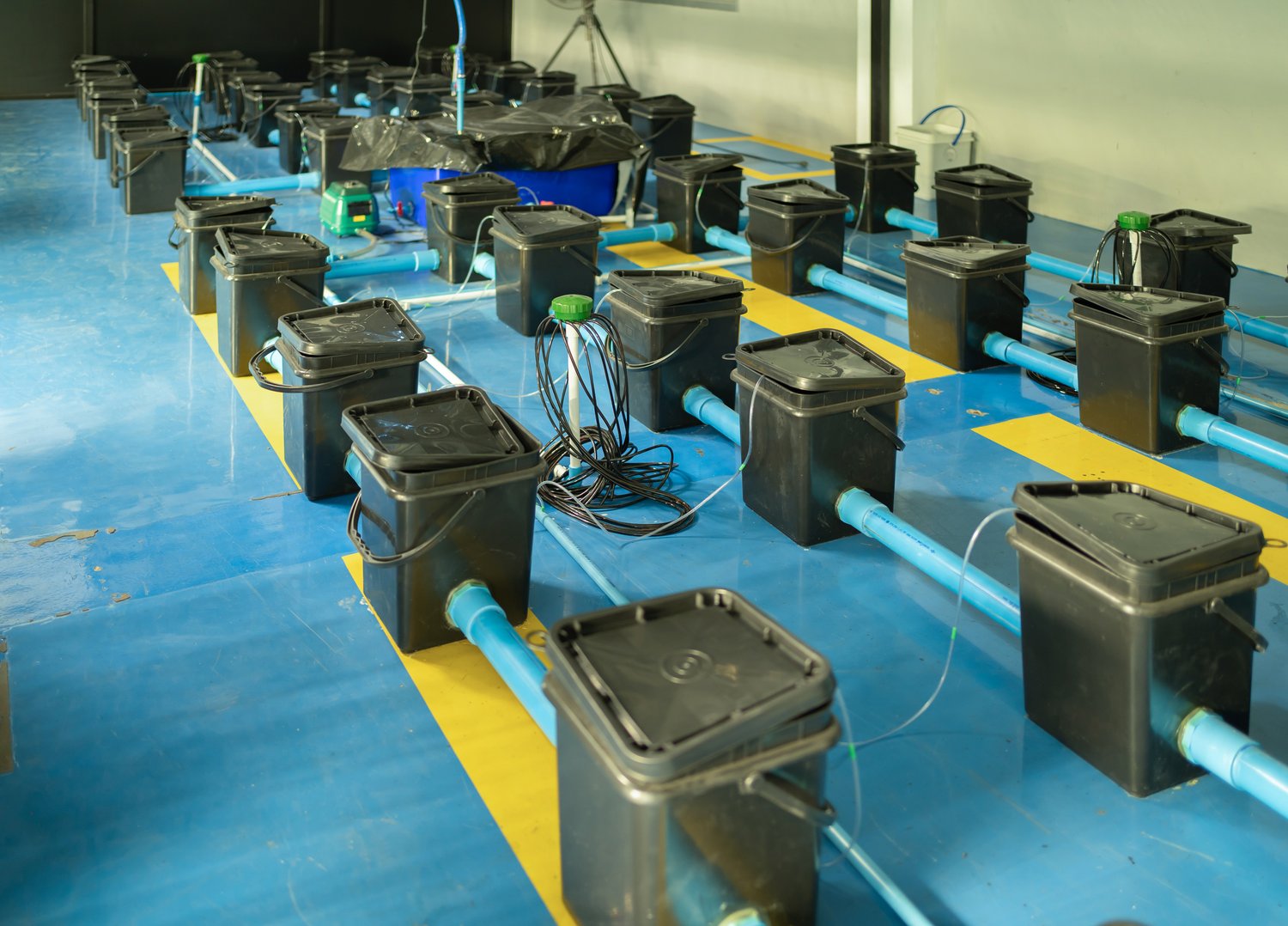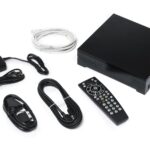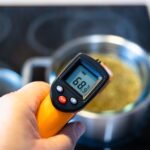Your home is your sanctuary, and protecting it from water damage is crucial. At the heart of this defense lies the sump pump, a silent but essential workhorse. Proper maintenance of your sump pump not only extends its lifespan but also ensures your home remains a dry and safe haven. Ready to dive deeper into how this indispensable tool keeps your basement dry?
- Understand the core components of a sump pump, laying the groundwork for effective maintenance practices.
- Discover routine inspection techniques that keep your sump pump functioning at optimal levels.
- Explore cleaning and servicing methods designed to minimize the risk of failures and increase reliability.
- Learn to troubleshoot common sump pump issues before they escalate into significant problems.
Implementing these maintenance strategies secures your sump pump’s longevity and, by extension, your peace of mind. Venture through our guide to empower your home protection strategy today.
Understanding the Basics: Sump Pump Maintenance Guide Essentials
Understanding your sump pump maintenance is the first step in ensuring your home’s protection against flooding. A sump pump is a key component in any basement or crawl space, designed to pump accumulated water out and away from your property’s foundation. By exploring the fundamental components and their functions, homeowners can set the foundation for effective maintenance and optimal operation.
The primary components of a sump pump include the pump itself, the sump pit, the discharge pipe, and the check valve. Each of these elements plays a crucial role in the system’s overall effectiveness. The sump pit is a basin where water collects before being pumped away. It’s important to ensure that this basin is free from debris and blockages to allow seamless water flow to the pump.
The pump is responsible for moving the water from the pit to a designated drainage area. It’s vital to ensure this component is working efficiently by routinely checking for any signs of wear or damage. The discharge pipe directs water away from your home, and maintaining it involves ensuring there are no cracks or obstructions that could impede water flow.
Lastly, the check valve prevents water from flowing back into the sump pit after it’s been pumped out. This is crucial for preventing unnecessary cycling and potential failure of your sump pump system. Regular inspection and maintenance of these parts will significantly enhance your system’s longevity and efficiency, safeguarding your home through effective sump pump maintenance.
Routine Inspections: Keeping Your Sump Pump in Check
Routine inspections are an integral part of keeping your sump pump in optimal working condition. These checks help in identifying any signs of wear or potential problems before they escalate into serious issues. Regular examination of your sump pump system will not only extend its life but also boost its efficiency, enhancing your home’s defenses against water damage.
Start by regularly clearing the sump pit of debris to prevent clogs that can hinder the pump’s performance. It’s important to observe the float switch during testing as it signals the pump to start or stop. Any obstruction or misalignment here could affect operation timing and lead to issues such as water overflow.
Listening for unusual noises is another useful practice in routine inspections. Rattling or grinding sounds could indicate worn-out parts within the pump, which might require immediate attention or replacement. Additionally, routinely checking the discharge pipe for clogs or kinks ensures water is effectively directed away from your home.
A power source check is also necessary to guarantee that the sump pump is connected and functioning correctly. Regularly testing the system by pouring water into the pit allows you to observe its activation and performance. Keep these routine inspections on your calendar to ensure sump pump reliability and avoid any unpleasant surprises during heavy rainfall.
Sump Pump Maintenance Guide: Cleaning and Servicing
Regular cleaning and servicing of your sump pump is vital to ensure its smooth operation and prevent potential failures. A well-maintained sump pump can effectively protect your home from water damage, particularly during periods of heavy rainfall.
To begin with, unplug the sump pump from its power source. This is a crucial safety step before starting any maintenance work. Remove the pump from the sump pit and carefully inspect the inlet screen for debris or blockages. Cleaning this screen frequently will prevent clogs and improve performance.
Next, examine the discharge line for any visible clogs and ensure that the outlet is clear and functioning. It is equally important to test the float switch’s operation by pouring water into the pit. The float switch should trigger the pump to start; if not, it may require cleaning or replacement.
After ensuring that essential components are free of debris, clean the sump pit itself. Remove any dirt and silt that has collected at the bottom to maintain optimal pump efficiency. This simple act can significantly extend the sump pump’s lifespan.
Lastly, consider scheduling a professional check-up at least once a year. A qualified technician can perform a more in-depth inspection, ensuring every part of your sump pump is in top condition. By regularly cleaning and servicing your sump pump, you ensure a robust defense against floods and water damage.
Troubleshooting Common Issues in Sump Pump Maintenance
Understanding how to troubleshoot common sump pump issues can save you time and protect your home from unexpected water overflow. Identifying these issues early allows you to address them promptly and efficiently.
An often encountered problem is a sump pump that runs continuously. This could be due to a stuck float switch or a malfunctioning check valve. Ensure that the float moves freely and replace the check valve if necessary.
Another common issue is the sump pump failing to activate when needed. This may arise from a power failure or a damaged motor. Always verify that your sump pump is connected to a reliable power source and test the motor’s condition.
Vibrations or unusual noises during operation often indicate mechanical problems or obstructions in the pump. Inspect for loose parts and tighten as required. Regular cleaning, as mentioned earlier, also minimizes the chances of such mishaps.
If the sump pump turns on and off frequently, it could be an issue with the float switch settings or an inadequate pit size. Adjust the switch position or consult a professional to ensure the pit size is appropriate for your pump’s capabilities.
By knowing these signs and taking prompt action, your sump pump can continue to guard your home effectively. Utilize this knowledge to keep potential disruptions at bay and maintain a dry, secure basement.
Sump Pump Maintenance Guide: Best Practices for Longevity
Your sump pump is an essential component in protecting your home from potential water damage. By implementing best practices, you not only ensure its efficiency but also extend its lifespan.
Follow these comprehensive tips to maximize your sump pump’s performance and safeguard your investment.
Regular Testing is Vital
Periodic testing is crucial for sump pump maintenance. Pour a bucket of water into the sump pit to activate the pump.
This practice helps ensure that the float switch and the pump itself are working correctly.
Keep the Sump Pit Clean
A clean sump pit prevents debris accumulation, which could cause clogs. Regularly check and remove dirt, gravel, and other debris from the pit to maintain smooth operation.
Check the Discharge Line
Ensuring that the discharge line is free from obstructions is one of the key best practices for longevity.
An obstructed line can cause water to flow back into the pit, reducing the efficiency of your sump pump.
Inspect the Power Source
Your sump pump relies heavily on electricity. Ensure that the unit is plugged into a working GFCI outlet.
It’s also wise to have a battery backup system in place in case of a power outage.
Invest in Routine Professional Inspections
While routine checks are something homeowners can perform, a professional can identify underlying issues that might not be apparent. Consider scheduling an annual maintenance check with a professional plumber to ensure all components are in optimal condition.
By adhering to these best practices, you extend the life of your sump pump and maintain its efficiency.
A well-maintained sump pump ensures your home’s protection against water-related issues, offering peace of mind and added security.
Sump Pump Maintenance Guide: FAQ
How often should I perform sump pump maintenance?
Every 3-4 months for inspections; annual cleaning and servicing.
What are the first steps if my sump pump stops working?
Check the power supply and circuit breaker first.
How can I test my sump pump’s functionality?
Pour water into the sump pit and observe if the pump activates and discharges water.
What cleaning does a sump pump require?
Remove any debris from the sump pit and clean the pump’s inlet screen.
What are common signs of sump pump failure?
Unusual noises, vibrations, or frequent on/off cycling.
How long does a typical sump pump last?
Generally, 7-10 years with proper maintenance.





